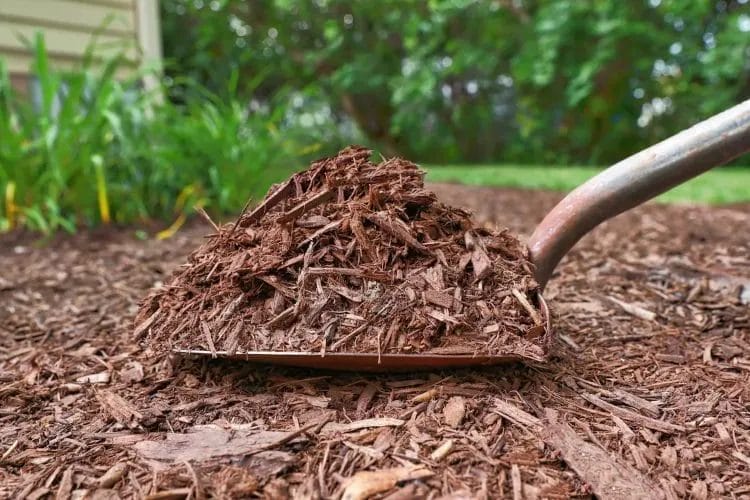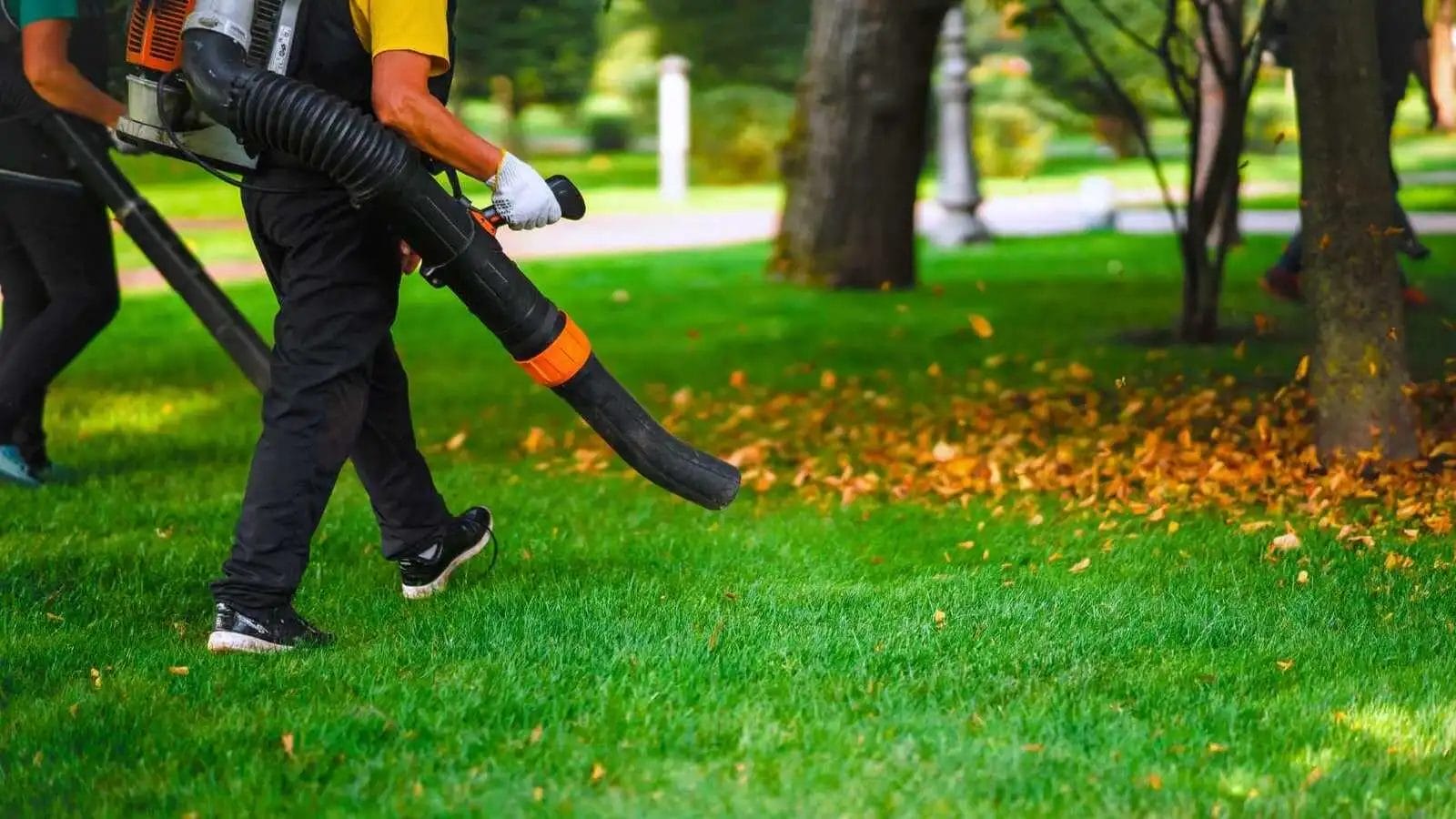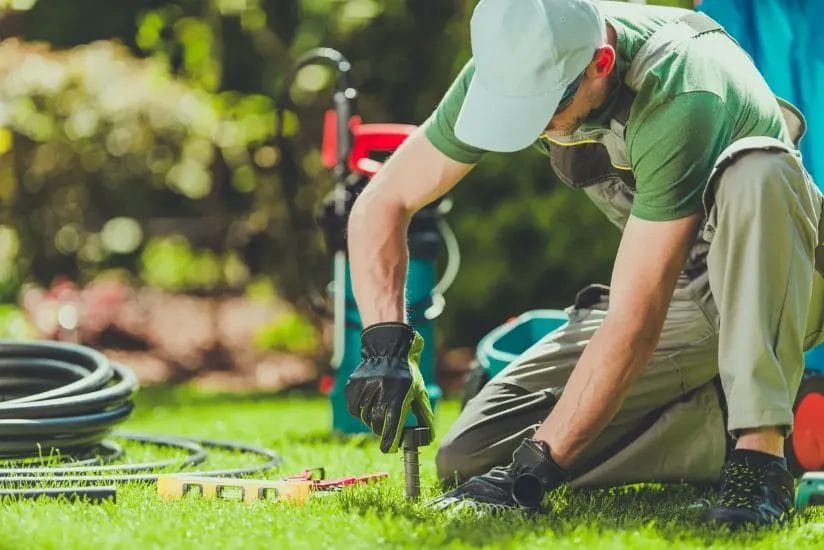
Many homeowners overlook the importance of regular irrigation system maintenance, yet it can significantly enhance the efficiency of your lawn watering. By following some simple guidelines, you can ensure that your system operates at its best, saving you time and money. With expert insights from Smith Brothers Services, Smith Brothers Landscaping, and Smith Brothers Tree Services, you’ll learn practical tips to keep your irrigation setup in optimal condition, protecting your landscaping investments and supporting the health of your trees. Dive into this guide to keep your system running smoothly and your garden flourishing.
Understanding Your Irrigation System
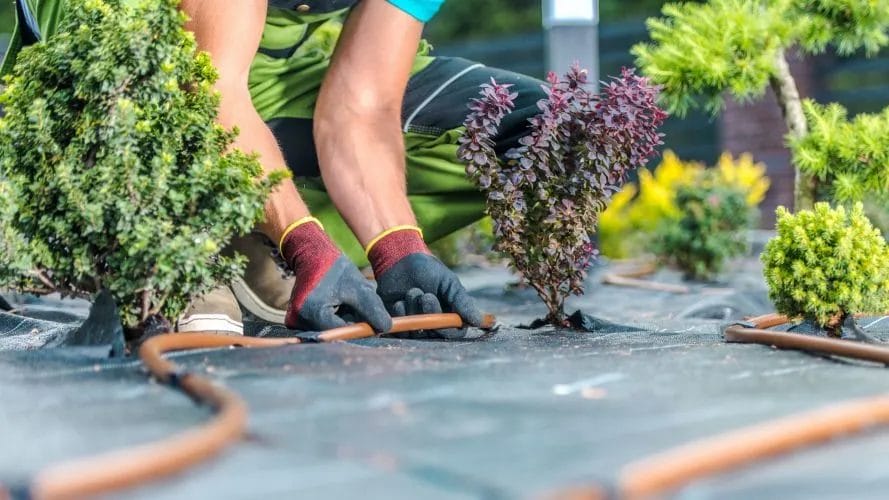
As a homeowner or property manager, understanding your irrigation system is crucial for maintaining a lush, green landscape. An efficient system not only conserves water but also ensures that plants receive the necessary hydration. Familiarizing yourself with the various components and types of irrigation methods will help you effectively manage your landscape’s watering needs, especially when you enlist the help of Smith Brothers Services for expert advice and support.
Types of Irrigation Systems
There are several types of irrigation systems available, each designed to meet diverse watering needs. Some of the most common systems include:
- Drip Irrigation
- Sprinkler Systems
- Surface Irrigation
- Subsurface Irrigation
- Soaker Hoses
Recognizing the right type for your landscape can significantly enhance its health and appearance.
| Type | Description |
|---|---|
| Drip Irrigation | A low-flow system that delivers water directly to plant roots. |
| Sprinkler Systems | Sprays water over a designated area, mimicking natural rainfall. |
| Surface Irrigation | Water is distributed evenly over the surface of soil. |
| Subsurface Irrigation | Delivers water below the soil surface for targeted efficiency. |
| Soaker Hoses | Pipes that allow water to seep out along their length to irrigate garden beds. |
Components of an Irrigation System
Understanding the components of your irrigation system is crucial to its maintenance. Your system typically consists of various elements, including the water source, pipes, valves, and emitters or sprinklers. Each component works together to deliver water efficiently across your property.
Types of components, such as pumps, timers, and sensors, play vital roles in determining how effectively water is distributed. Pumps are responsible for moving water from the source, while timers enable you to set specific watering schedules. Sensors can adjust watering based on environmental conditions, ensuring your landscape receives the right amount of water. By familiarizing yourself with these components, you can maintain your irrigation system effectively, enhancing the overall performance of your landscape with the help of Smith Brothers Landscaping and Smith Brothers Tree Services.
Seasonal Maintenance Tasks

Some seasonal maintenance tasks are necessary for keeping your irrigation system in top condition throughout the year. By performing these activities, you can ensure that your system runs efficiently, reducing water waste and maintenance costs. Each season presents its own set of challenges, so you must tailor your approach accordingly to achieve optimal performance.
Spring Start-Up Procedures
Above all else, the spring start-up procedures should focus on inspecting your system for any damage caused during winter. This includes checking for leaks, adjusting sprinkler heads, and testing backflow preventers. You should also consider refreshing your mulch and ensuring that your system is properly calibrated for the new growth season.
Winterization Techniques
Any effective winterization technique is vital for protecting your irrigation system from freezing temperatures. You can drain the system, blow out the pipes with compressed air, and insulate exposed components to guard against damage and ensure a hassle-free spring start-up.
Hence, when implementing winterization techniques, you should not overlook any details. Properly draining irrigation lines is necessary to prevent water from freezing and causing cracks. Using compressed air is the most effective method to remove water from pipes and emitters. Additionally, consider insulating any above-ground components and valves to shield them from cold temperatures. By taking these steps, you’ll protect your irrigation system, reducing the risk of costly repairs come spring, allowing you to focus more on enjoying your outdoor spaces curated by Smith Brothers Services and Smith Brothers Landscaping.
Regular Inspections and Troubleshooting
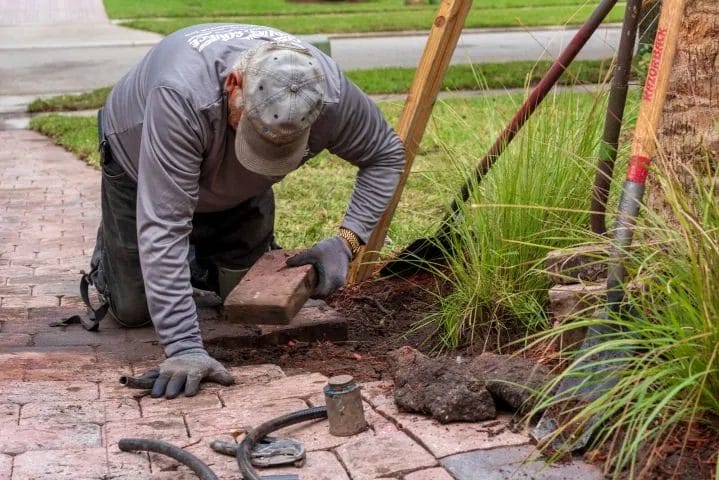
It is important to perform regular inspections of your irrigation system to ensure optimal performance. By scheduling routine checks, you can identify potential issues, such as leaks or sprinkler head malfunctions, before they escalate into costly repairs. This proactive approach not only extends the life of your system but also helps maintain the health of your landscape. Enlisting the expertise of professionals like Smith Brothers Services can ensure that every aspect of your irrigation system is functioning as intended.
Identifying Leaks and Blockages
Against common challenges, leaks and blockages can significantly hinder the performance of your irrigation system. Regularly inspect hoses, connections, and any exposed sections of the system for signs of water accumulation or unusual wet spots in your landscape. If you find any leaks, promptly address them to avoid wasting water and damaging your plants. Utilizing services from Smith Brothers Landscaping can help you efficiently locate and rectify these issues.
Checking Sprinkler Head Performance
Across your landscape, sprinkler head performance is vital for effective irrigation. You should check each sprinkler head for proper alignment, clogs, or wear and tear, as these factors directly influence the distribution of water. If you notice uneven watering patterns, it could indicate a need for adjustment or replacement.
And maintaining well-functioning sprinkler heads is not only crucial for your irrigation system but also for promoting healthy plant growth. Adjust any misaligned heads so that they cover the correct areas, and clean them frequently to prevent clogs from dirt or debris. Regular maintenance, including consulting experts from Smith Brothers Tree Services when needed, can ensure your sprinkler system operates at its best, efficiently delivering water to your landscape.
Adjusting System Settings
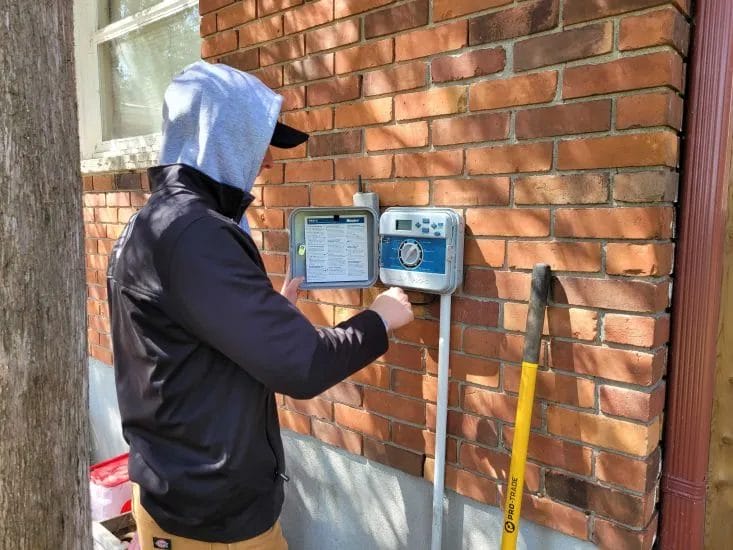
Keep your irrigation system running efficiently by periodically adjusting its settings. This includes optimizing the timer, tweaking the watering duration, and altering the frequency based on seasonal changes and specific plant needs. You can ensure your landscape thrives and conserve water resources by fine-tuning these settings throughout the growing season.
Optimal Watering Schedules
Before you set your watering schedule, consider factors like local climate, plant types, and soil moisture levels. Aim to water early in the morning or late in the afternoon to reduce evaporation. Adjust the timing and duration based on seasonal changes to maximize your irrigation system’s efficiency and support the health of your landscape.
Zone Management and Adjustments
Schedules for watering can be varied across different zones of your landscape based on plant requirements and sun exposure. This customization ensures that each area receives the appropriate amount of water, promoting healthy growth and preventing overwatering. The ability to adjust settings for specific zones plays a significant role in maintaining a vibrant and sustainable landscape.
Further, the adjustments you make to zone management can significantly enhance your irrigation system’s performance. By grouping plants with similar watering needs and sun exposure, you can set specific timers and durations for each zone, ensuring that everything from your lawn to flower beds receives just the right amount of water. This targeted approach not only optimizes water usage but also helps to keep your landscape lush and thriving, which is necessary in maintaining the beauty of your property, whether you rely on Smith Brothers Services, Smith Brothers Landscaping, or Smith Brothers Tree Services.
Replacing and Upgrading Components
Not all components of your irrigation system will last indefinitely. Regular checks can help you identify parts that need replacing or upgrading to maintain efficiency and save on water costs. Should you notice leaks, uneven watering patterns, or reduced pressure, it may be time to evaluate which components require replacement. By upgrading to newer technologies, you can enhance your irrigation system’s performance and reduce resource waste.
When to Replace Parts
Above all, pay attention to the signs your irrigation system exhibits. If you find inconsistent watering, visible damage on components, or frequent breakdowns that interrupt your watering schedule, these are clear indicators that certain parts need replacing. Typically, controllers and pumps have a longer lifespan, but valves and emitters may need more regular inspection.
Selecting Efficient Technologies
Selecting efficient technologies for your irrigation system can lead to significant water conservation and cost savings. As you evaluate options, look for smart irrigation solutions that respond to weather conditions and adjust watering schedules accordingly. Choosing high-efficiency emitters and timers can also enhance your system’s overall performance.
Technologies like drip irrigation or smart controllers not only minimize water waste but also ensure consistent moisture levels for your plants. Upgrading to moisture sensors and automated drip systems can help your garden thrive while significantly reducing your water use. As you explore options, consider reaching out to experts like Smith Brothers Services or Smith Brothers Landscaping for tailored advice on enhancing your irrigation system with the latest technologies in the market.
Common Mistakes to Avoid
Your irrigation system’s effectiveness hinges on avoiding common mistakes. One key error is disregarding regular maintenance routines, which can lead to costly repairs and inefficiencies. For a comprehensive guide, check out this Irrigation Sprinkler System Step by Step Maintenance. Being proactive can save you time and money while ensuring your landscaping thrives.
Overwatering and Underwatering
An overwatered landscape can lead to waterlogged soil and plant diseases, while underwatering can stress plants and cause them to wilt. Balancing your irrigation schedule based on weather conditions and specific plant needs is imperative for a healthy landscape.
Neglecting System Adjustments
With seasonal changes and plant growth, system adjustments are vital for optimal performance. It’s important to regularly check and modify the system to ensure even coverage, efficient water use, and overall health of your lawn and garden.
Underwatering can result from neglecting proper system adjustments, leading to dry patches and plant stress. By assessing the layout and performance of your irrigation system, you can make necessary changes that support healthy growth. Regularly inspect the distribution pattern of your sprinklers and adjust their position as your landscaping matures to achieve maximum efficiency. Whether you choose to rely on professional help like Smith Brothers Services or tackle it yourself, staying attentive to these adjustments can prevent wasted water and promote your garden’s resilience.
Summing up
On the whole, performing regular maintenance on your irrigation system ensures it operates efficiently and effectively. By following the outlined steps, you can avoid major issues and keep your landscape thriving. If you need further assistance, consider consulting resources like the Comprehensive Guide to Irrigation Repair and Maintenance. Trust the expertise of Smith Brothers Services for landscaping and tree services to enhance your outdoor space.


